Price: $117.00 - $108.84
(as of Nov 01, 2024 00:06:36 UTC – Details)

At long last, here is the thoroughly revised and updated third edition of the hugely successful The Art of Electronics. It is widely accepted as the best single authoritative book on electronic circuit design. In addition to new or enhanced coverage of many topics, the third edition includes 90 oscilloscope screenshots illustrating the behavior of working circuits, dozens of graphs giving highly useful measured data of the sort that is often buried or omitted in datasheets but which you need when designing circuits, and 80 tables (listing some 1650 active components), enabling intelligent choice of circuit components by listing essential characteristics (both specified and measured) of available parts. The new Art of Electronics retains the feeling of informality and easy access that helped make the earlier editions so successful and popular. It is an indispensable reference and the gold standard for anyone, student or researcher, professional or amateur, who works with electronic circuits.
From the Publisher


Publisher : Cambridge University Press; 3rd edition (April 9, 2015)
Language : English
Hardcover : 1220 pages
ISBN-10 : 0521809266
Item Weight : 5.1 pounds
Dimensions : 8.27 x 2.6 x 11.42 inches
Customers say
Customers find the book contains great amounts of knowledge passed on by experienced members of the field. They say it’s well-researched, practical, and has a good balance of theory and application. Readers also appreciate the easy-to-read style and plain sense English. Additionally, they say it’s well worth the money and precious to have on hand when building circuits.
AI-generated from the text of customer reviews









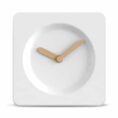


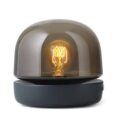









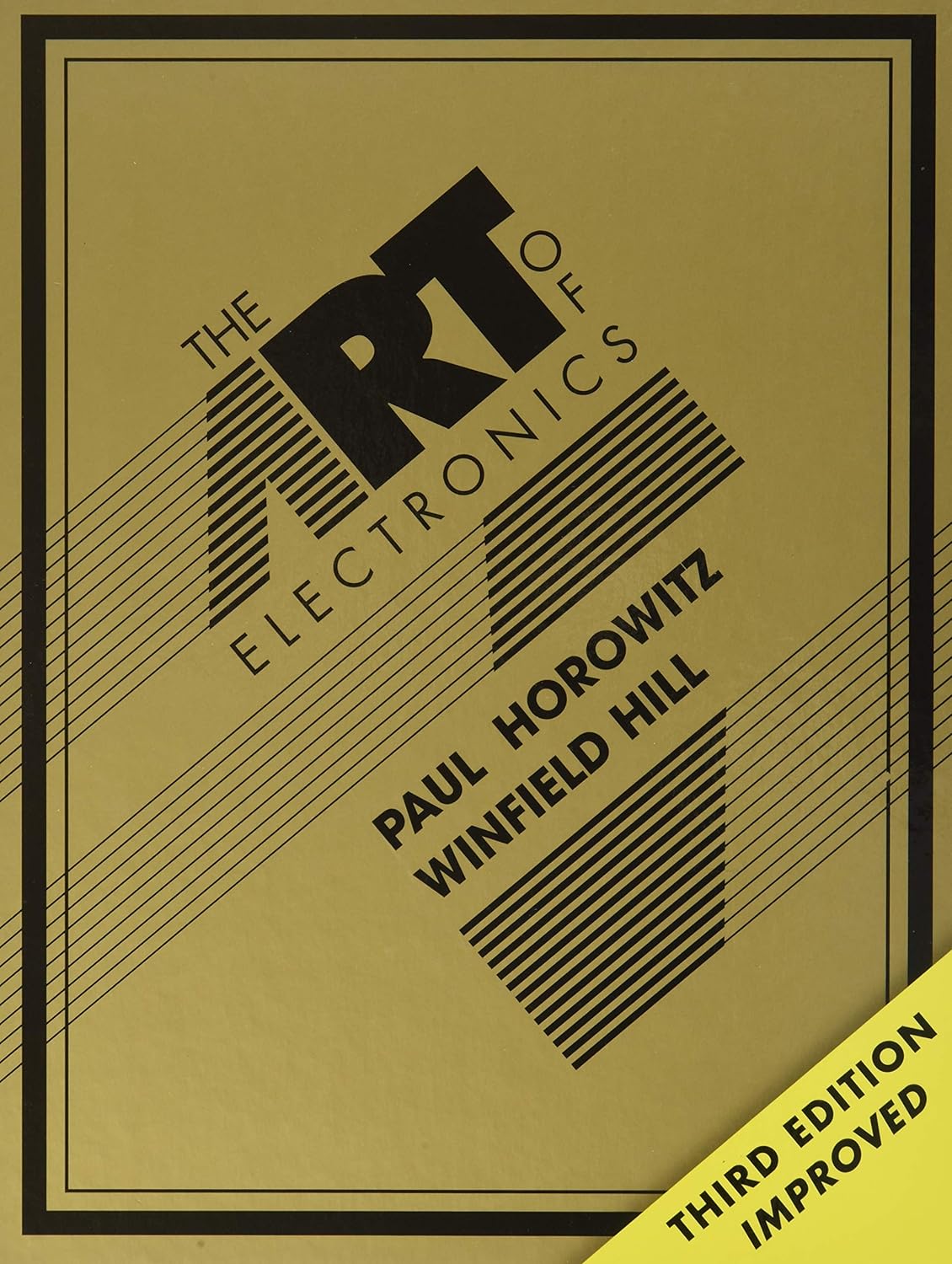
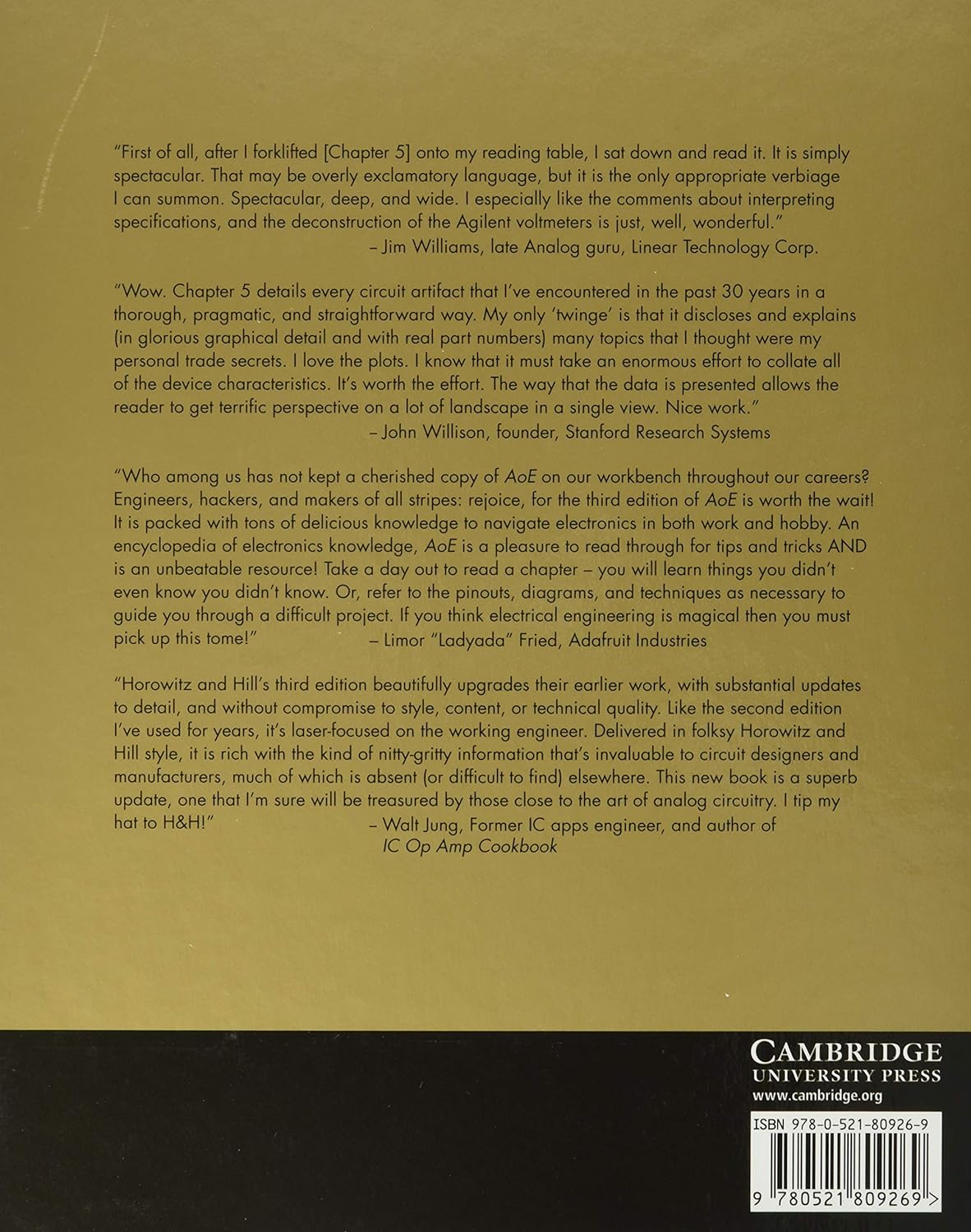
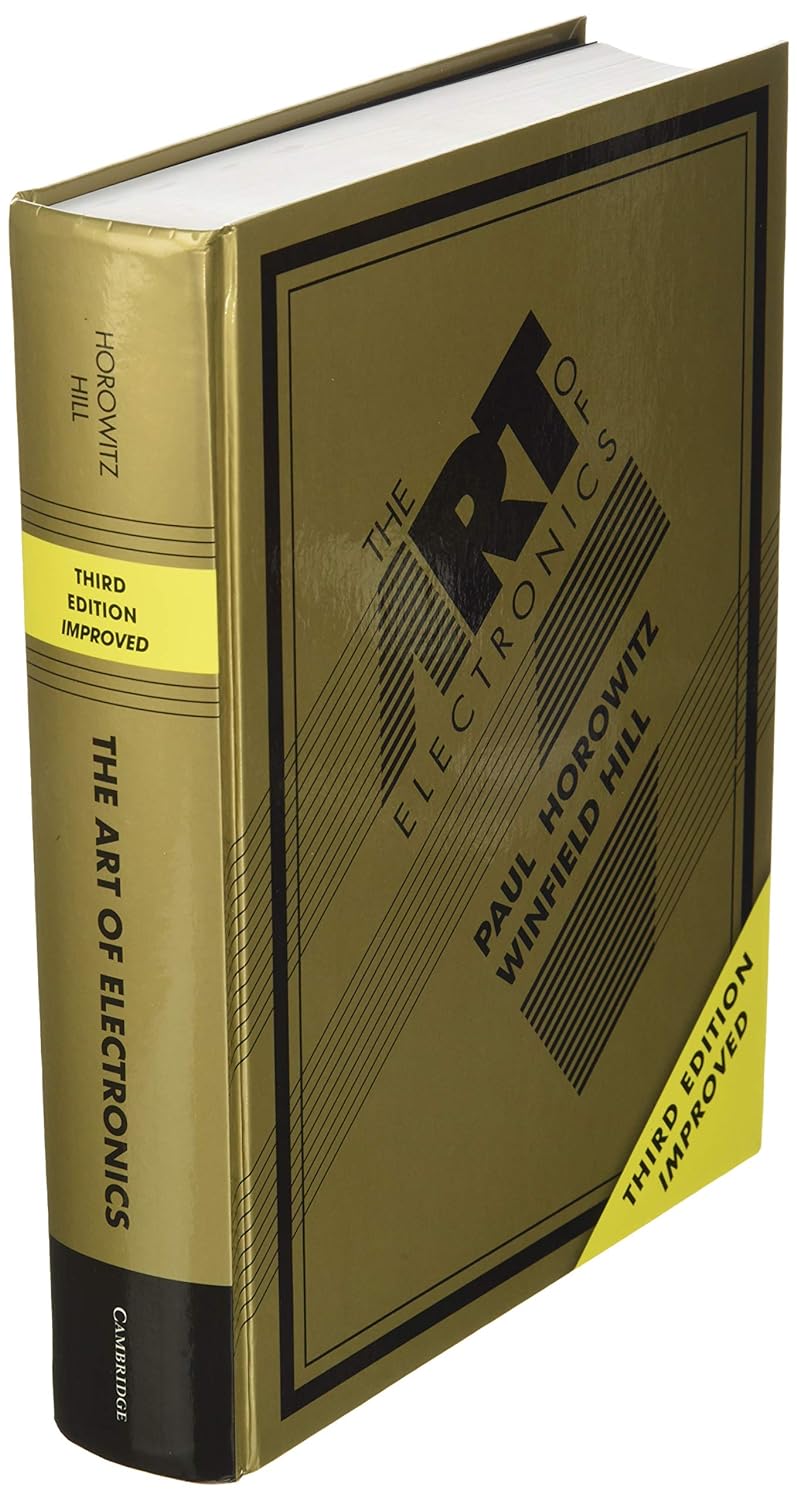

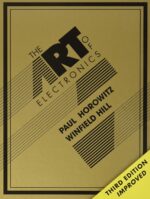
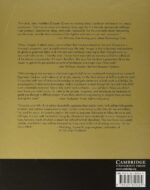
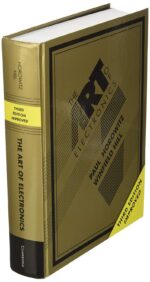


![AMIR Digital Alarm Clock, [Upgraded Version] LED Clock for Bedroom,...](https://shoppingenter.com/wp-content/uploads/2024/11/51llkvqS5oL._AC_SL1157_-430x283.jpg)














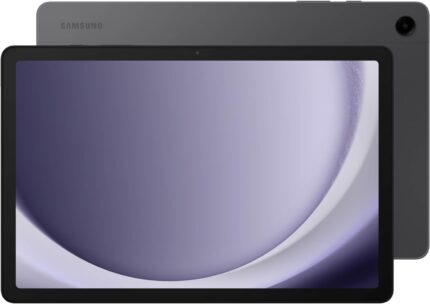
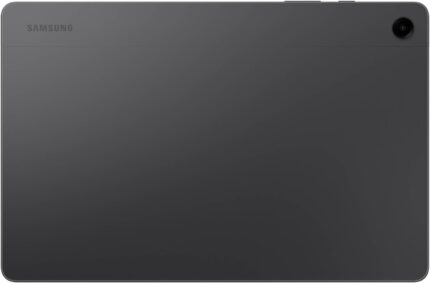



Lazarus Sevy –
A LOT of information
This is a fairly weighty book, and for good reason. There is so much to learn here, and the math required to do such isn’t really complicated.
D –
This Book Lives on my Workbench
Overall, this book is really great. It covers a wide range of topics. It presents some relevant theory and historical perspectives. And, it contains schematics of sample circuits and references part numbers of components currently in production. Keep in mind that the 3rd edition of this book was published in 2015 so there are definitely some more contemporary components out there but often they are still made by the same manufacturer.One of my favorite parts about owning this book though is that it has often been quicker, less frustrating, and more illuminating than doing a simple online search when I first sit down to design a circuit. Of course, this statement should be treated with a caveat: I am not a professional electrical engineer. I don’t have any educational nor vocational experience in analog electronics, and I’m not designing insanely complicated circuits. Most of what I have learned comes from this book, online forums, and technical datasheets from manufacturers.Because of this, I would say it is an incredibly beginner friendly text for those designing circuits. It does contain math, uses technical vocabulary, and asks you to read a schematic/graph/table, but these are all well labeled, accurately defined, and clearly depicted. I haven’t found myself lost because of a simple omission that the authors felt was too obvious to mention nor a poorly defined or ambiguous term. Needless to say, it sits happily on my workbench full of notes and a couple burn marks from my soldering iron.
Aaron –
Informativeâ¦
My background: Yeah, I know a little about electricity, some formulas, can fix some wires, use a multimeter for resistance, volts, amps, eric, but want to build some stuff that is more on the microprocessor side, so enter this book into the Amazon search barâ¦Results – You’re going to be searching the interwebz a lot for some of the formulas he jumps into right off the bat. BUT⦠authors are good at taking a practical approach. You’ll do understanding more and more almost immediately. He does start off with stuff most people looking into this would know, so it’s kind of a review of basics before getting rolling. I can see very quickly why advanced guys consult other books, but search engines have same info to understand the book as well.
MJT –
An impressive book
This is a very impressive book. I can see why many consider it the Bible of electronic circuits. Packed with a tremendous amount of information…I know it will save me well.
GeoMan –
Must have. Instructive and reference. The Bible of electronics.
This is THE must have book if you have any interest in electronic circuit design or need a better understanding of electronics and you don’t want to go through a year of calculus first. Whether you’re a student, a tech, a maker, an EE major or graduate, a scientist, a part time hobbyist or something else and want to gain an understanding or especially master electronics, then get this book. The shipping was true Amazon Prime fast and the price that was the cheapest I’ve found. The book is a 1000 page hardcover thing that starts at the component level of introduction and quickly develops into a very accessible compendium of useful how to practical understanding and teaching that it will take what ever it is you are doing and just make you sharper. You know? It’s one of those tools that will give you an edge. I find this book is too good to put on the shelf. I like to keep it nearby. For fun, you may want to look up the YouTube interview that the author Paul Horowitz did with Adafruit. The interview will give the history and philosophy and reason for the book in addition to content insight. Fascinating stuff.
David Hunt –
Not for beginners
While it is obvious this is a very thoroughly well put together textbook. I’d use myself as an example that it is not very friendly to new/very-new beginners. It introduces new concepts, electrical components well, but then goes very fast and in depth in these topics while not providing enough time to practice, or explain everything covered in more detail. I will be switching to other resources to learn for now at least, and look forward to revisiting this book once I have a better grasp of the fundamentals.Maybe I’m dumb (lol) or maybe the teaching style isn’t cutting it for me, so this is just my experience. I’ll say it again, there’s a lot of helpful information in this book it seems, I just cannot process it.
Amazon Customer –
Excellent Book but no solutions to chapter problems
Excellent book for someone with some electrical engineering, electronics or physics background. This book is well written for principle of circuits design however it is not for the beginner.The book has no available solutions which makes activities harder.
Adrian –
If you are into electronics or want to learn, this book is a must. It cover a lot of topics and it’s quite on point and with direct usability if you want to design electronics. Keep in mind this is about electronics using the fundamental components (resistors, transistors, capacitors, etc.). If you are just a weekend Arduino “warrior” this book will not help you a lot. If you are a super beginner then this book might be a bit hard to digest but if you have a bit of basic understanding of current, resistance, voltage, etc. it is very useful.
João Paulo Fernandes Bonfim –
Livro Referência no campo da eletrônica. Cobre praticamente toda a área da eletrônica.
Ahmed Ibrahim nagm –
damaged book
Emil –
I was worried because of other comments about poor quality. But I received a book in decent condition, nice paper and printing. Overall there is a slight bend and tear in the upper right corner, but considering where it comes from, how massive is this book and the price compared to others offering the same book for the range between 105 – 165 euros, it is a perfect choice.So I give 5 stars as I can safely recommend the seller and the book itself.
Jose Luis Roche Ruiz –
Libro estupendo.